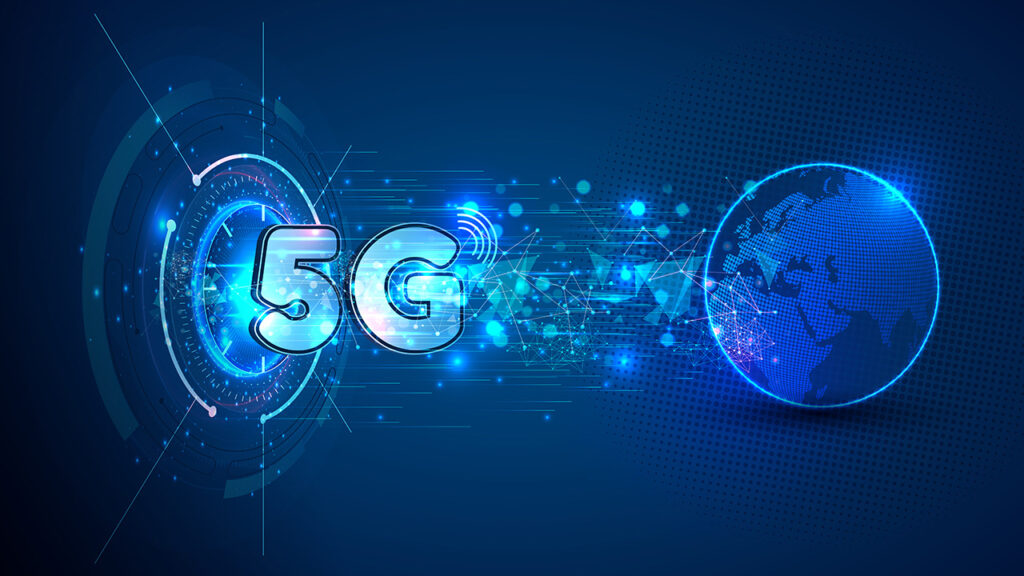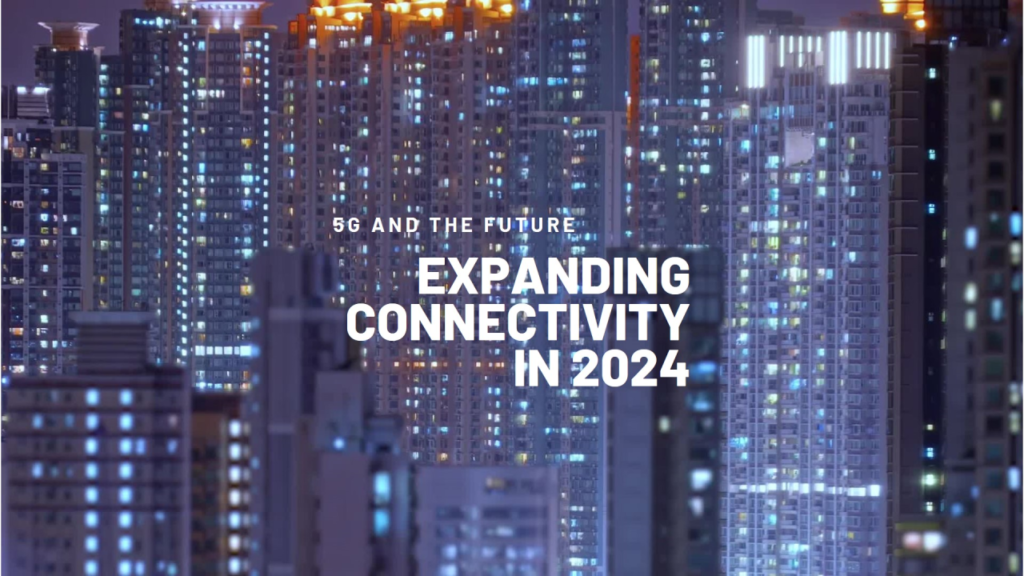Expanding 5G technology has sparked considerable excitement and debate worldwide. As the fifth generation of mobile networks, 5G promises to revolutionize connectivity, offering unprecedented speeds, reduced latency, and the potential to connect a vast number of devices. From enhancing everyday consumer experiences to driving innovations in industries such as healthcare, transportation, and entertainment, the expansion of 5G presents significant growth opportunities.
However, this rapid expansion also raises several concerns. Issues related to health risks, cybersecurity, privacy, and the digital divide complicate the narrative surrounding expanding 5G. As nations race to implement this technology, it is crucial to evaluate both the benefits and the drawbacks associated with its expansion.
In this blog post, we will delve into the multifaceted impact of expanding 5G, examining its potential as a catalyst for growth while also addressing the challenges it poses. By exploring the economic, social, and technological implications of this advancement, we aim to provide a comprehensive understanding of the landscape shaped by expanding 5G.
Understanding 5G Technology
What is 5G?
5G, or fifth-generation wireless technology, represents a significant leap forward from its predecessor, 4G LTE. It utilizes a combination of advanced technologies, including:
- Higher Frequency Bands: 5G operates on millimeter-wave frequencies (24 GHz and above), enabling faster data transfer.
- Massive MIMO (Multiple Input Multiple Output): This technology employs multiple antennas at both the transmitter and receiver ends, improving the capacity and efficiency of data transmission.
- Small Cell Networks: These are low-power, short-range nodes that enhance coverage and capacity, particularly in urban areas.
Key Features of 5G
- Enhanced Data Speeds: 5G networks are expected to deliver download speeds up to 100 times faster than 4G, enabling seamless streaming and quicker downloads.
- Low Latency: With latencies as low as 1 millisecond, 5G facilitates real-time applications, such as online gaming and augmented reality (AR).
- Increased Connectivity: Expanding 5G networks can support a significantly higher number of connected devices per square kilometer, crucial for the Internet of Things (IoT) expansion.
Benefits of Expanding 5G

Economic Growth and Job Creation
The expansion of 5G is expected to contribute substantially to global economic growth. According to a report by IHS Markit, expanding 5G could generate $13.1 trillion in economic output by 2035. This growth will stem from various sectors, including:
- Telecommunications and Technology: New business models and services will emerge, leading to increased demand for skilled labor in tech sectors.
- Manufacturing: The integration of 5G in smart factories will enhance efficiency and productivity through automation and real-time data analysis.
- Healthcare: Telemedicine and remote monitoring will create new job opportunities and reduce healthcare costs.
Improved Connectivity and Digital Transformation
Expanding 5G will play a vital role in bridging the digital divide, particularly in rural and underserved areas. By expanding high-speed internet access, 5G can enhance educational opportunities and support remote work, contributing to:
- Telecommuting: Employees can work more efficiently from remote locations, promoting work-life balance.
- E-Learning: Students in remote areas can access educational resources and participate in online classes.
Advancements in Industry and Innovation
The implementation of expanding 5G will accelerate innovation across various industries, including:
- Healthcare: 5G will enable advanced telehealth solutions, remote surgeries, and real-time health monitoring.
- Transportation: Autonomous vehicles will rely on 5G for real-time data exchange, improving safety and efficiency.
- Smart Cities: Enhanced connectivity will support smart city initiatives, such as traffic management, waste management, and public safety.
Enhanced Consumer Experiences
Consumers will benefit from expanding 5G in various ways, including:
- Faster Downloads and Streaming: With increased speeds, users can enjoy high-definition video streaming and quicker downloads.
- AR and VR Experiences: 5G will enhance augmented reality and virtual reality applications, revolutionizing gaming, entertainment, and retail experiences.
Drawbacks and Concerns of Expanding 5G

Health Risks and Public Concerns
Despite the potential benefits, expanding 5G has raised health concerns among the public. Some key points include:
- Electromagnetic Radiation: 5G technology operates at higher frequencies, which some studies suggest may pose health risks. Although the majority of research indicates that expanding 5G is safe, public apprehension persists.
- Inadequate Regulation: Many argue that regulatory bodies have not thoroughly evaluated the long-term effects of 5G exposure, leading to calls for more comprehensive studies.
Cybersecurity Threats
As connectivity increases with expanding 5G, so does vulnerability to cyberattacks. The expansion of 5G networks presents several cybersecurity challenges:
- Increased Attack Surface: The proliferation of connected devices amplifies the risk of cyberattacks, potentially compromising personal data and critical infrastructure.
- Insufficient Security Protocols: Many IoT devices lack robust security measures, making them easy targets for cybercriminals.
Privacy Issues
Expanding 5G has the potential to collect vast amounts of data from users, raising significant privacy concerns:
- Surveillance: Enhanced tracking capabilities may lead to invasive surveillance by governments or corporations.
- Data Ownership: Questions surrounding data ownership and usage rights may arise as more devices become interconnected.
Economic Disparities
While expanding 5G can bridge the digital divide, it may also exacerbate existing inequalities:
- Investment Disparities: Wealthier areas may receive 5G infrastructure faster than underserved regions, perpetuating the digital divide.
- Job Displacement: Automation and advancements facilitated by expanding 5G could displace certain jobs, particularly in industries resistant to technological change.
Case Studies of 5G Implementation
United States
The United States has been at the forefront of expanding 5G, with major carriers like Verizon and AT&T investing heavily in infrastructure. Key outcomes include:
- Increased Mobile Broadband Speeds: Users in urban areas have reported significant improvements in mobile broadband speeds.
- Challenges in Rural Areas: Despite advancements, rural areas still face challenges in accessing expanding 5G services.
South Korea
South Korea is a pioneer in expanding 5G deployment, with successful implementation across various sectors. Key highlights include:
- Smart City Initiatives: Seoul has integrated 5G into its smart city projects, enhancing transportation and public safety.
- Robust Telemedicine Solutions: 5G has enabled the growth of telemedicine services, improving access to healthcare.
China
China’s rapid 5G rollout has resulted in significant advancements in multiple sectors:
- Manufacturing and Industry 4.0: Chinese manufacturers have embraced expanding 5G to optimize production processes and enhance efficiency.
- Telecommunications Leadership: China has emerged as a leader in 5G technology, with companies like Huawei playing a crucial role in global 5G infrastructure.
Future of Expanding 5G

Predictions for 5G Growth
- Global Adoption: Analysts predict widespread global adoption of expanding 5G, with billions of connected devices by 2030.
- Evolution of Use Cases: New use cases will emerge, particularly in areas such as smart agriculture, logistics, and entertainment.
Regulatory Considerations
- Health and Safety Regulations: Governments must develop regulations addressing public health and safety concerns surrounding expanding 5G.
- Cybersecurity Standards: Establishing robust cybersecurity standards will be crucial in protecting users and infrastructure.
Conclusion
The expanding 5G technology presents a complex landscape of opportunities and challenges. While it has the potential to catalyze significant economic growth, enhance consumer experiences, and drive innovation across industries, it also raises concerns regarding health risks, cybersecurity threats, and privacy issues.
As nations continue to invest in expanding 5G infrastructure, it is imperative to address these challenges proactively. By fostering collaboration among governments, industry leaders, and communities, we can ensure that expanding 5G serves as a catalyst for inclusive growth while mitigating potential risks.



